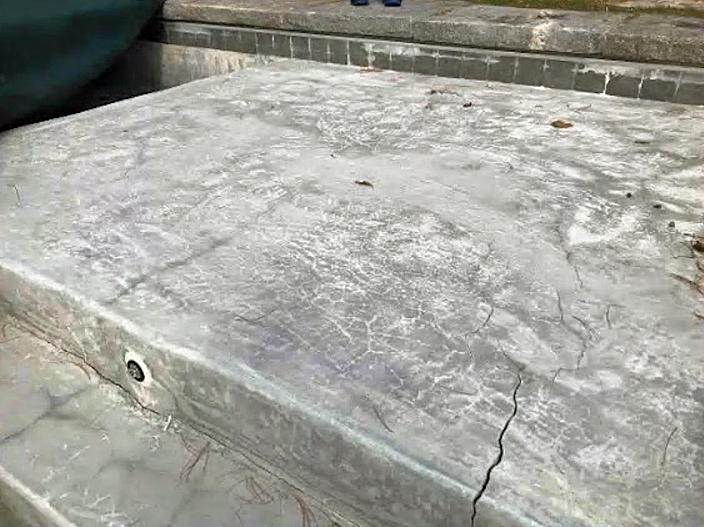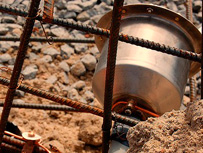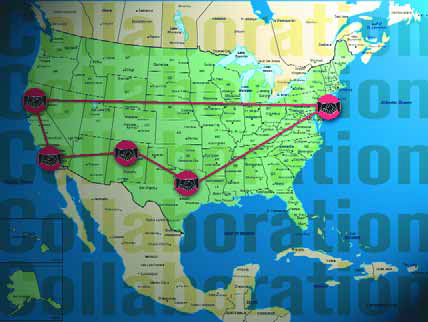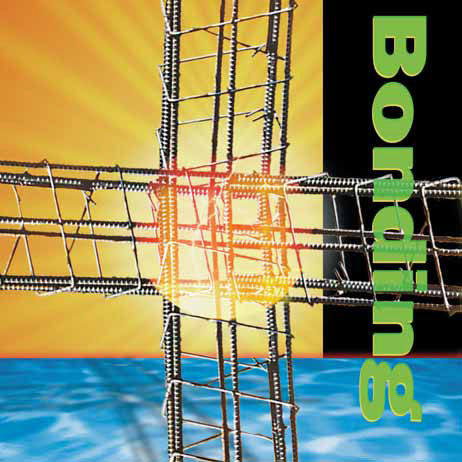bonding
Construction defects often first reveal themselves on the plaster surface. When the concrete substrate isn't right, those issues will always transmit to the plaster and become painfully visible. Making sure that the shotcrete bonding plane is up to standards is key to successful plaster installation. While the subject of plaster's relationship with
As I mentioned in an article in the last edition of this newsletter (November 3, 2010), many people misunderstand the relationship between electrical grounding and electrical bonding. Let’s pick up the discussion where we left off. Although grounding and bonding are closely related, they do serve separate purposes — both of which work together to increase
On several occasions during the past few years, I've had the privilege of working with talented professionals who have made it possible for me to operate comfortably far from my home base on what have often been extremely ambitious projects. In fact, I've found some of my most exciting and rewarding recent jobs have been the result of these collaborations with other watershapers. Although working with them is different from
Last month we covered the "hows" of grounding pretty well. Using the definitions from the National Electrical Code (NEC) for guidance, we saw that in order to be considered effectively grounded, the non-current-carrying metal parts of all equipment associated with a watershape must be connected to the system grounding bus at the electrical service panel. This is accomplished by installing a green-colored (or green with a yellow stripe), minimum No. 12 AWG insulated copper conductor between the equipment's grounding terminal and the system grounding bus. This conductor is
Through the years, the #1 question asked of me at seminars and trade shows has been: "What's the difference between bonding and grounding?" I have wanted to do an answering article far some time, but I was concerned that its length would require it to be split into two pieces and that the every-other-month format of WaterShapes might make it difficult to maintain continuity of thought over a two-month span. I was pleased when our editor informed me that we would be going monthly for a while. I figured I'd strike now, while the fingers are nimble and the magazine issues more



















